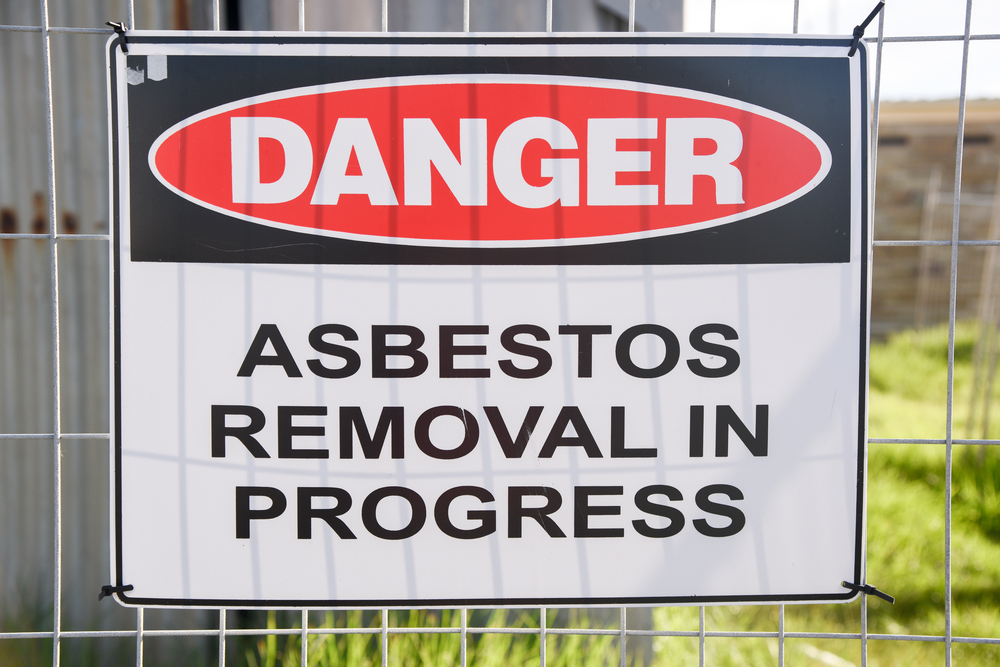Exposed to asbestos in the 1960s? Particularly for exposure after 1965, it is increasingly difficult for Defendants to argue the risks were not foreseeable.
Cancers linked to asbestos exposure tend to progress quickly – which is why, when someone bringing a claim for compensation is still alive, time is of the essence.
In these cases, the courts apply a special procedure to fast-track the case in the hope that the dying victim gets the chance to see justice done whilst they are still alive.
Part of this special process is an early hearing at which the defendant must ‘show cause’ why it shouldn’t be found liable for the asbestos exposure and why an interim payment for damages, costs and disbursements shouldn’t be made to the victim.
A recent important case – Scarborough College Ltd v Winter [2021] – illustrates how the courts are likely to give short shrift to the argument, as used in this case, that the risk of asbestos damage could not reasonably have been foreseen as long ago as the 1960s.
What happened in this case?
Mr. Winter (the claimant) was a pupil at independent boarding school, Scarborough College (the defendant), from 1969 to 1973.
He was diagnosed with malignant pleural mesothelioma – a type of cancer usually linked to asbestos exposure - in April 2019 and died the following year. His widow pursed the claim.
The court heard how, when Mr. Winter was at school, he and other children would hang their wet sports kits on pipes in the school basement to dry.
These pipes were lagged with asbestos and the asbestos was damaged, creating airborne dust. There was also dust on the floor and below the pipes. The clothes were dusty when they were removed from the pipes and the pupils would shake the dust from the clothes before putting them on, throwing more asbestos dust up into the air.
Were the risks of asbestos known about at this time?
At the ‘show cause’ hearing shortly after court proceedings were issued, the defendant, Scarborough College, argued that, at the time, it could not have reasonably foreseen the risk caused by the asbestos dust.
It stated that asbestos was still being used in 1975 and that some publications said that asbestos was safe. They claimed there was no foreseeable risk of harm, although they admitted the pipes were likely lagged with asbestos.
To counter this, Mr. Winter brought to the court’s attention two documents:
- A memorandum sent out by the Department of Education in 1967 warning of the risks of asbestos.
- A well-known front-page Sunday Times article from 1965 warning of the risks of asbestos.
The judge at the ‘show cause’ hearing found that the defendant had no real prospect of successfully defending the claim.
Scarborough College appealed, stating that the judge had set too high a standard and that the matter of whether there was a foreseeable risk of harm should be left until the trial.
The High Court dismissed the school’s appeal, describing the ‘show cause’ procedure as a ‘low bar’ for it to overcome. Nonetheless, based on the memorandum from the Ministry of Education and the Sunday Times article, the judge at the ‘show cause’ hearing was entirely correct and the defendant would not be able to establish the asbestos dust did not create a reasonable foreseeable risk of injury.
Get in touch
If you have been diagnosed with an asbestos-related illness – even if you’re not sure where or when you were exposed to the asbestos – taking specialist legal advice, regardless of your current or former occupation, is vital.
This includes when:
- A family member has been diagnosed with an asbestos-related illness;
- A loved one has died from asbestos exposure;
- You are diagnosed with a lung disease and believe you may have been exposed to asbestos in the past, even if you don’t know exactly where or when.
For a free initial consultation, contact Associate Solicitor, Richard Green. Richard is an experienced specialist lawyer in this area of the law.
Email Richard: richard.green@wards.uk.com or asbestos@wards.uk.com
Phone Richard: 01275 858515


